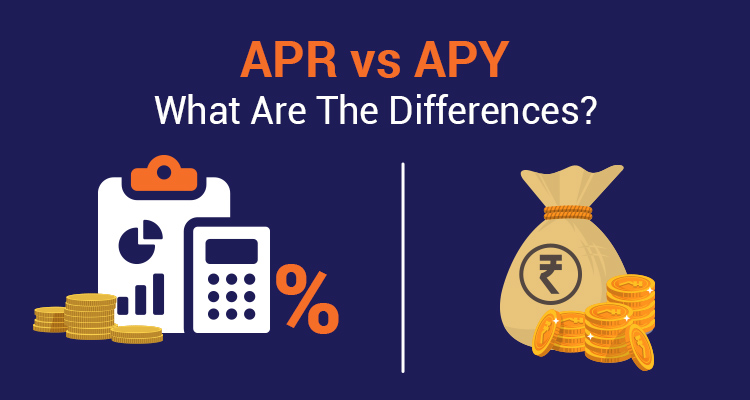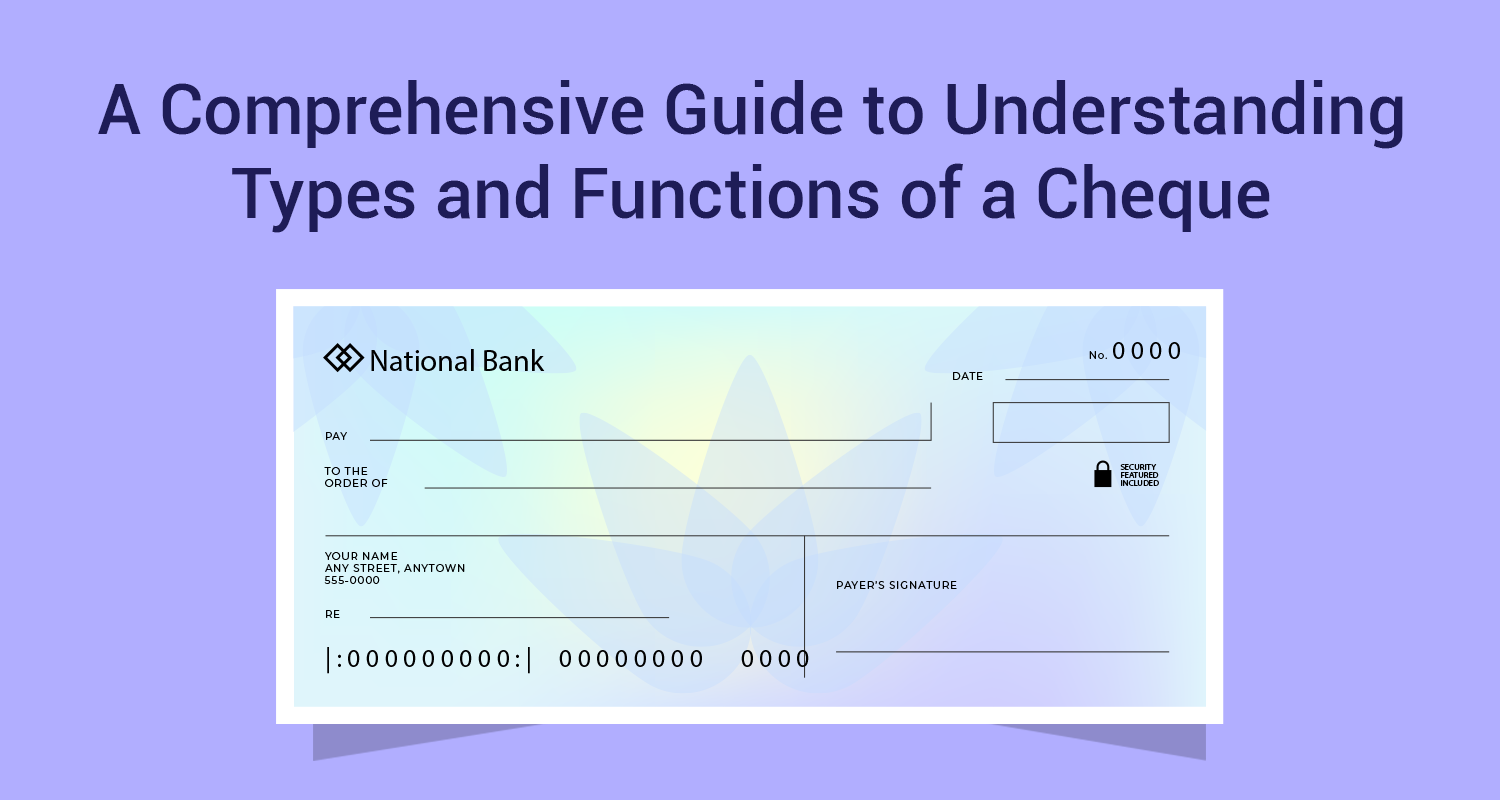APR Vs APY - What's The Differences?

Both APR and APY calculate the interest on the money invested but they are different.
APR or Annual Percentage Rate is linked with interest on money borrowed while APY or Annual Percentage Yield is linked with interest on money saved or accumulated. Let us understand these terms and their differences and understand why they cannot be used interchangeably.
What is APR?
Annual Percentage Rate or APR is the amount of simple interest charged on the credits or borrowings. It also includes any additional fees levied by the lender like processing fees, annual fees, lending fees, loan origination, settlement charges and more. APR does not take into account any compounded interest. APR typically applies on the following credits and borrowings:
- Credit cards
- Home loans
- Car loans
- Personal loans
- Student loans
- Any other loan
By taking into account the APR, a borrower can get an estimate of the true costs of borrowing from various lenders and compare them. This will help the borrower take an educated and a wise decision. The lower the APR, the less the borrower may have to pay as interest for the loan amount borrowed. The APR is calculated using the formula given below:
APR = [((Fees + Interest/Principal)/n) x 365] x 100
Where:
n = the number of days included in the loan term
Principal = the total amount of loan availed
Interest = the total interest payable or paid over the lifetime of the loan
Sapna aapka. Business Loan Humara.
Apply NowWhat is APY?
Annual Percentage Yield or APY is the amount of interest an account can earn in a year. APY takes into account the compounded interest for its calculations. It does not take into account any bonuses that may have been provided. It typically applies to the following accounts:
- Savings accounts
- Money market accounts
- Certificates of deposits
- Fixed deposits
A higher APY reflects a higher rate of return on the investment. The following formula is used for calculating APY:
APY = [(1 + r / n)n] – 1
Where
r = period rate
n = number of compounding periods
APR v/s APY
Let us differentiate between APR and APY on the basis of certain criteria
- Rate of Interest – Since APR implies the amount paid as interest on the borrowed loan amount, the lower interest rate is beneficial.
APY discusses money earned as interest from investments and deposits, therefore, a higher interest rate is beneficial.
- Calculation – APR includes interest rate and additional charges such as processing fees, lending fees, settlement charges etc. It does not factor the compounded interest.
On the other hand, APY mainly takes interest rate and considers the compounded interest in its calculation.
- Variation in rates – Market fluctuations can impact both APR and APY.
Conclusion
While APR measures the amount of interest being paid by the borrower, APY calculates the interest earned on the deposits and investments. The lower APR is better as it implies lower borrowing costs. A higher APY implies a better and higher return on investments. A better understanding of APR and APY is necessary to take a well informed and a wise financial decision.
Whether you need a personal loan, home loan, loan against property, or a business loan, IIFL Finance has you covered. With competitive interest rates, flexible repayment options, and a seamless online application process, applying for loan has never been easier.
Frequently Asked Questions
1. What is a good APR?
There’s no standard range for a good APR. The lower the APR, the less you may have to pay in interest and vice versa.
2. What is a good APY?
Though there is no value to refer to as a good APR but the higher the APY, the more interest you could earn.
Zaroorat aapki. Personal Loan Humara
Apply NowDisclaimer : The information in this blog is for general purposes only and may change without notice. It does not constitute legal, tax, or financial advice. Readers should seek professional guidance and make decisions at their own discretion. IIFL Finance is not liable for any reliance on this content. Read more



